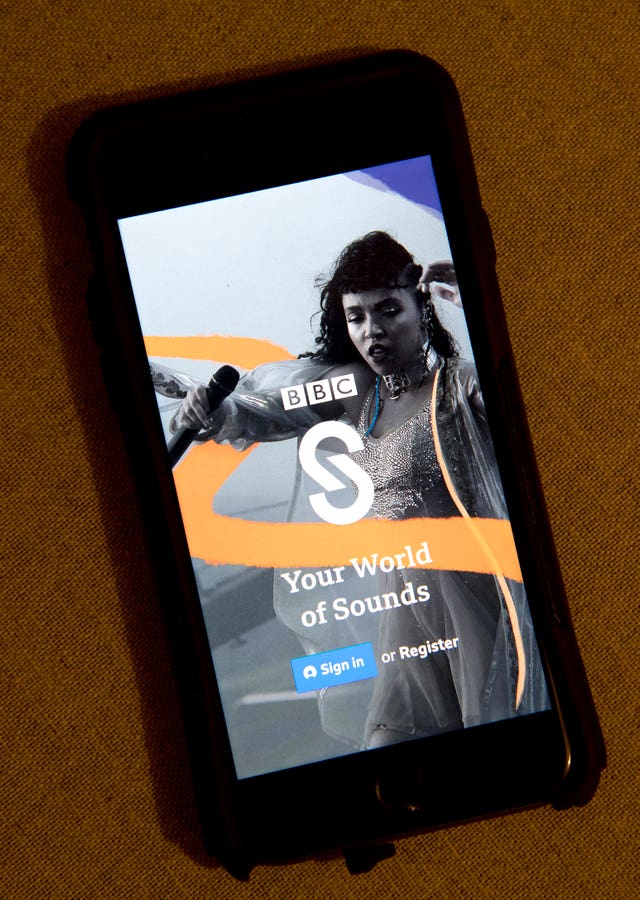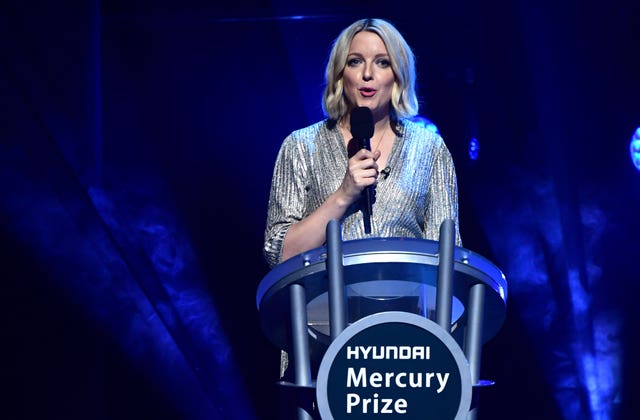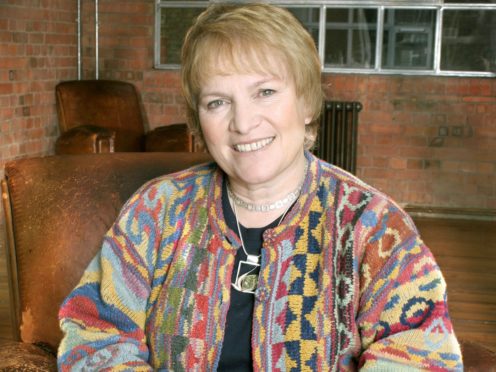Broadcaster Libby Purves has said the arrival the BBC Sounds app and social media have made radio a more ageist platform.
The former Radio 4 presenter, 70, said the age of radio hosts never used to matter unless their voice “actually quavered” or their language and opinions marked them out as “an old buffer”.
Since the advent of websites, social media, webcams in studios and “photos larded all over the BBC Sounds app”, the medium has become “more visual, thus ageist”, she said.

The BBC Sounds app, which replaced the iPlayer Radio service in 2018, collects the broadcaster’s live and on-demand radio, music mixes and podcasts in one place.
Writing in the Radio Times magazine, Purves highlighted what she described as “lookism” or “seeming young”.
She said: “On TV it has always mattered, and annoyed older women.
“It’s a visual medium, far more tolerant of verbal mediocrity than radio, and frankly all sexes enjoy looking at prettiness, slenderness, abundant blonde hair and a good leg.
“Observe that of the over-50 women above, most look far younger. And they work on it. The men don’t have to.”
The former presenter of BBC Radio 4’s Midweek added: “In radio, age never used to matter a jot.
“You could get older unless your voice actually quavered and your phrases and opinions marked you out as an old buffer.
“We resisted the visual and grumped at photographers.
“When they put a webcam in her studio, Jenni Murray famously draped a pashmina over it.”
“When radio presenters met people, we were usually told ‘I’d imagined you taller – and thinner’.
“But the coming of websites, social media and photos larded all over the BBC Sounds app is making radio seek an image more visual, thus ageist.”

Purves said women are held to different standards than their male counterparts.
“The middle-aged female must struggle to look youthful,” she said.
“The nearly 50-something Zoe Ball flicks designedly youthful hair, Lauren Laverne looks 25, not 42, and Mishal Husain is basically a goddess anyway.
“If there’s a grudge to be grudged, it’s that the chaps of all ages can inform, educate and entertain while looking like Benny Hill or Old Steptoe – and get away with it.
“It’s not all about numbers.”
Purves said there will be equality in the media industry when “women are allowed to be grey, stout and in proper cardigans”.
Read the full interview in Radio Times, out now.
